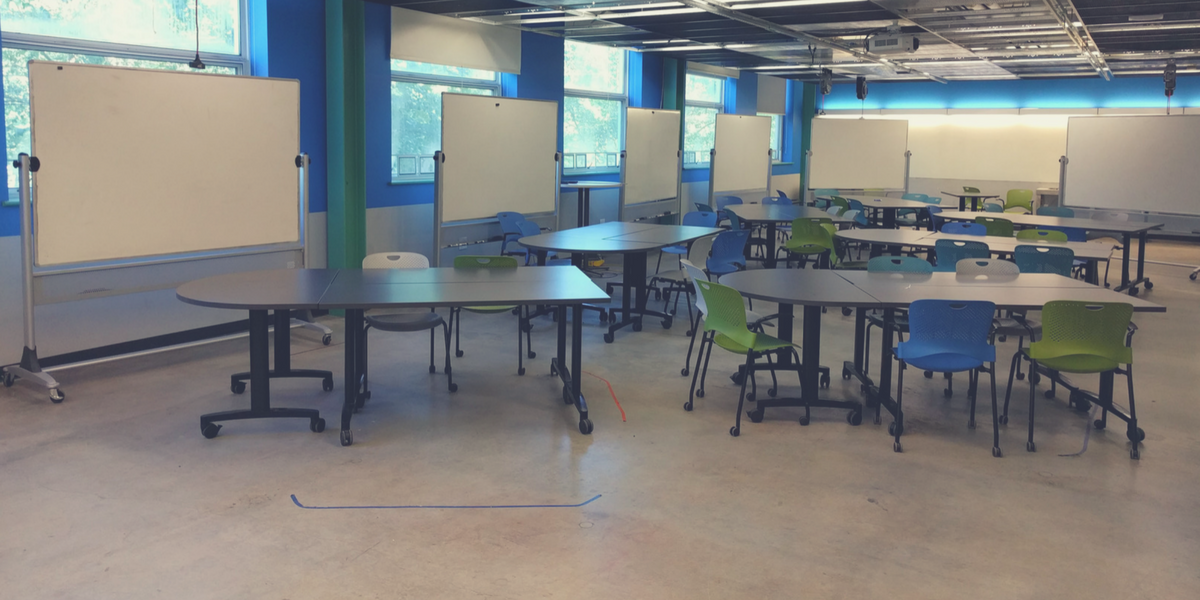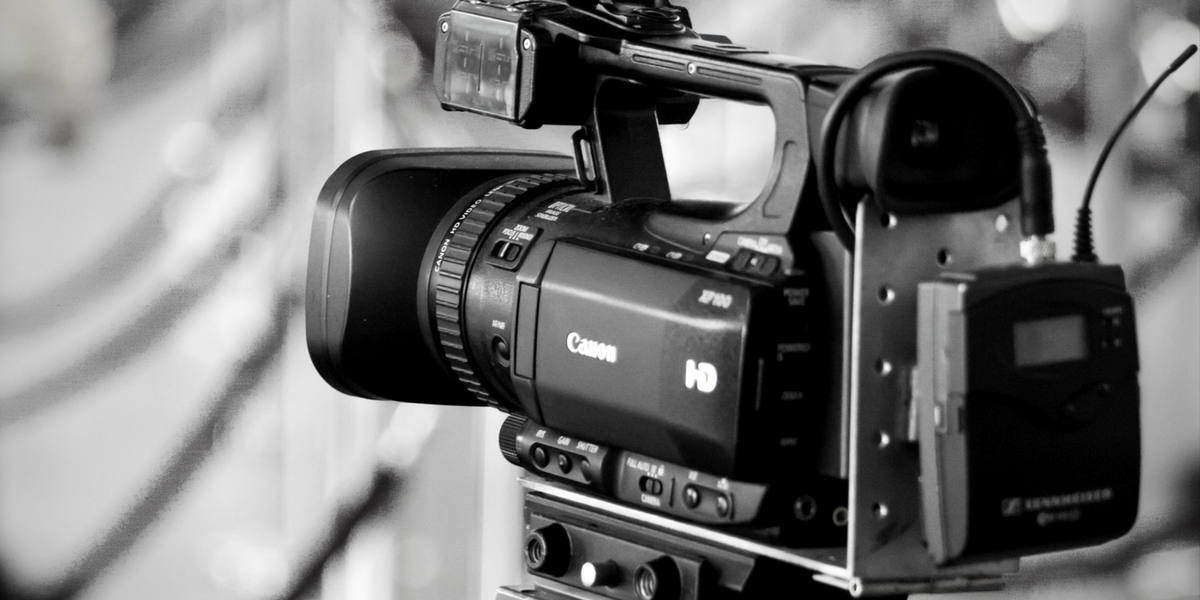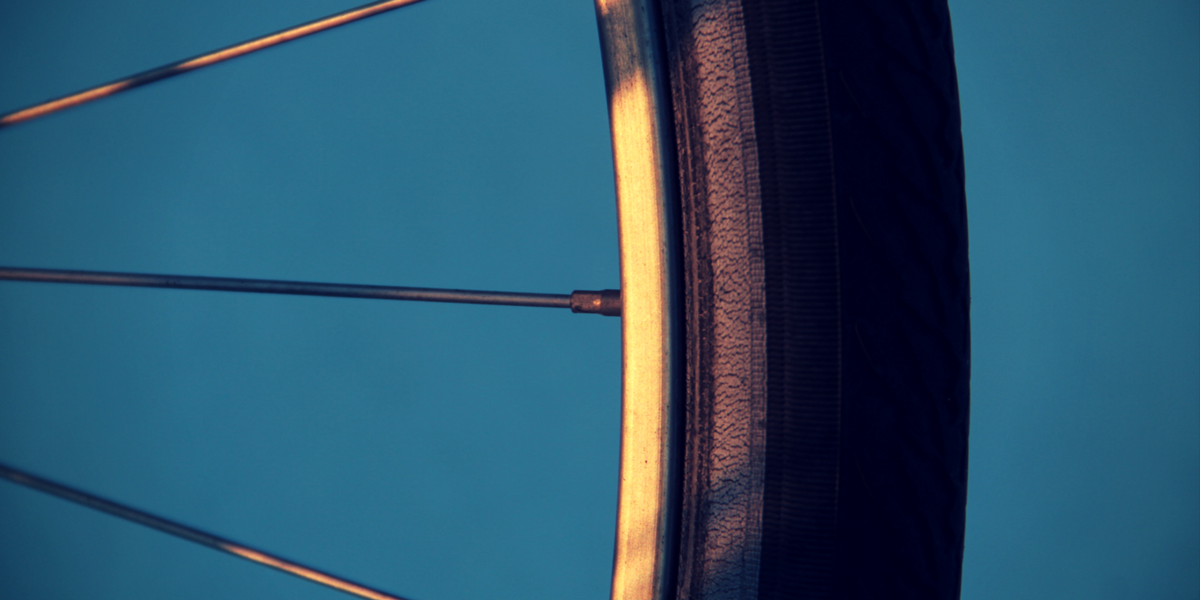How Do I Structure Class Time In My Flipped Classroom?

So you’ve decided to flip your classroom, or maybe you have been using the flipped model for some time. Either way, you may be looking for effective in-class activities to engage students during the time in which they would traditionally be attending the lecture portion of your class. There are several ways to schedule this time in order to get the most out of the class session, which may include:
- In-Class Demonstrations
- Peer Instruction Activities
- In-Class Problem Solving
In this post we would like to share a few resources with lesson ideas to get your creative juices flowing, and inspire new ways to incorporate active learning in your flipped classroom. Additionally, we have shared a full studio physics flipped lesson plan from Expert TA Content Director, Dr. Chris Duston, to serve as a resource in planning your own lessons.
As always, PhysPort has a great collection of materials, and in particular this collection from the University of Minnesota in the Teaching Methods section provides an online archive of context-rich problems, where you can find problems for many topics in introductory mechanics and electromagnetism to use with cooperative group problem-solving. Additionally, PhysPort offers a variety of ideas for small group activities to complete in class, including tasks developed through Physics Education Research and ones that utilize Phet Simulations. They also recommend:
- Tutorials - Often used in recitation sections where an instructor circulates among groups engaged in Socratic-style dialogues.
- Ranking Tasks - “Exercises in which students rank variations of a physical situation on the basis of a specified physical quantity and explain their reasoning.”
- Thinking Problems - A collection of “...problems designed to help students connect mathematical and conceptual reasoning and relate physics to the real world.”
These, of course, are only a few ideas on how to structure your flipped classroom. If you are just getting into the flipped model, review our post on how to get started. You will find what works best for you and your students by starting small, and seeking out advice from fellow instructors.



